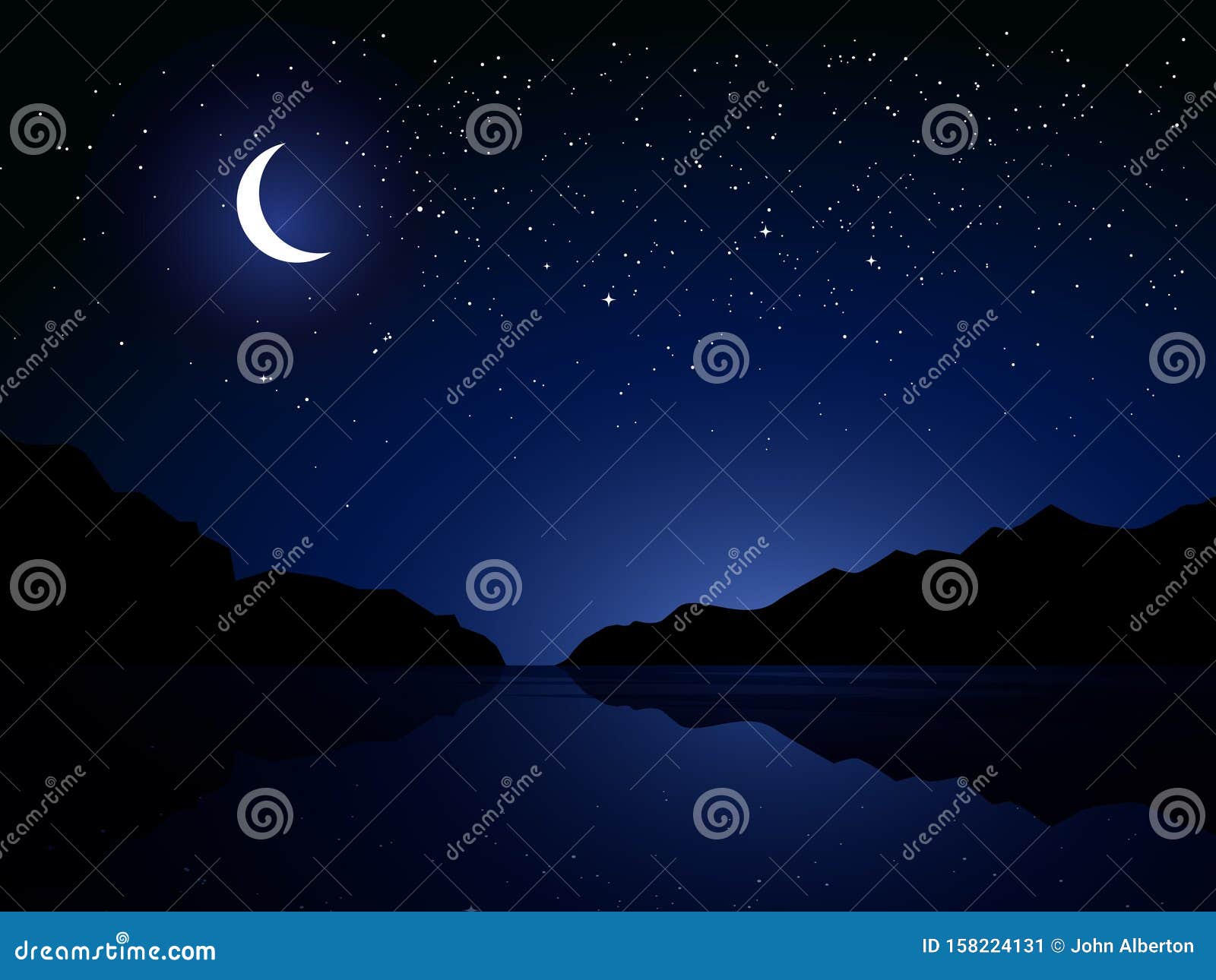

They also increase glare, which can be dangerous for other drivers on the road. We’ve all been blinded by those new LED headlights on cars, and now you know that the blue light from most LEDS scatters, which is one of the reasons why those headlights are so painful when they’re coming towards you. Too much blue light messes with our sleep, causes eye strain, and may lead to other health issues Blue light increases glare Increased risk of depression was also noted. There are studies that have linked artificial blue light to greater risks of certain types of cancers, as well as greater risk of diabetes, heart disease, and obesity. When you’re looking at computer screens and other digital devices that emit significant amounts of blue light, this unfocused visual ‘noise’ reduces contrast and can contribute to digital eye strain.”

“Because short-wavelength, high energy blue light scatters more easily than other visible light, it is not as easily focused. “Not only is blue-rich white LED street lighting five times more disruptive to our sleep cycle than conventional street lighting…but recent large surveys have documented that brighter residential nighttime lighting is associated with reduced sleep, impaired daytime functioning and a greater incidence of obesity.” Blue light causes eye strainĪnother reason that those blue-blocking lenses are becoming so popular is because the flickering of artificial blue light can cause digital eye strain. But according to the Dark Sky Foundation, LED street lighting is not a great idea: It’s not just our electronics – many cities have switched to LED street lighting as LED bulbs are more cost-efficient. This “resets” your circadian rhythm, the natural tendency of our body to align our sleep schedule with nature. Have you ever heard that going camping for a few days will regulate your sleep schedule if it’s been off? That’s because, out in nature, you have plenty of blue light during the day, and, ideally, nothing but the dark night sky at night.

According to a Harvard study, blue light is twice as powerful at suppressing melatonin as other types of light. LED street lights in metropolitan cities have meant poorer sleep for some citizens Light pollution messes with our sleepīlue-light blocking glasses are very popular as of the writing of this article because we are realizing that the screens that we stare at all day are negatively affecting our sleep.Īny light at night can have adverse effects on our health because it suppresses melatonin secretion, a natural hormone that helps us sleep. But did you know it’s harming our health as well? Light affects health With artificial light, some frogs don’t know to make their nighttime mating call, so their species is dwindling.Įvidence of adverse effects from lighting can be found all over the animal kingdom. Predatory animals usually hunt during the day, which leaves the hunted only the nighttime hours to safely travel and/or gather food themselves. For those that don’t collide, there are stories of birds circling and circling until they eventually collapse from exhaustion.įor a fascinating look at how the NYC 9/11 memorial beams of light affect migratory birds every year, check out this article (spoiler alert: if too many birds start circling, they turn the lights off for 20 minutes and the birds are able to reorient themselves). According to the dark sky foundation, 1 to 10 birds die by colliding with each building every year. When these flocks of birds get too near a bright city, they become disoriented and confused. Migrating birds also use the nighttime illumination of the moon (and the safety of darkness from predators) to navigate. Migratory birds use the safety of darkness and the light of the moon to guide their way


 0 kommentar(er)
0 kommentar(er)
